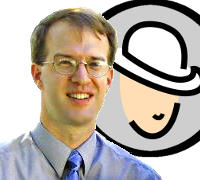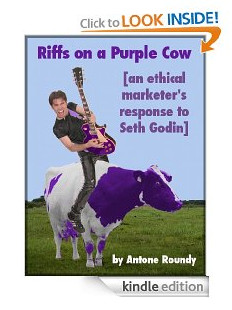When you purchase through links on our site, we may earn an affiliate commission (details)
How Far Should You "Move the Free Line"?
by Antone Roundy | Add Your Comments | Marketing, Product Creation

A concept you'll hear about periodically in internet marketing is "moving the free line".
As a marketer, you'd like that to mean that you can push the line forward and charge for things you've been giving away for free. But alas, what it really means is that you need to pull the line back and give away more value to earn attention, prove you've got the goods, and build goodwill to help you make more sales.
But how far should you move the free line?
Yesterday, Terry Dean shared these thoughts on the subject:
I remember Jimmy Brown as the first person who said, "useful but incomplete."
And that's still a great phrase to describe valuable information that sells.
You want it to be useful information, but incomplete on its own.
...
How do you find this magical content bulls-eye?
Start at the end result. What are you selling? Where is the end goal, the point of the map you're traveling to?
Then work backwards from there.
In other words, you've got a product you'd like to sell. Obviously, you can't give away the whole tamale. What do you need to hold back so that you've still got something for people to drool over and pay for? And how much can you give away without having to cut the price of the paid portion?
Give them a taste, but make them pay for the meal.
Sometimes, you don't actually need to move the free line. Instead, you'll create something new to put on the free side of the line.
When I wanted to boost sales of a product that makes it easier to generate unique blog content and get links from other blogs (yeah, I'm using SEO Content Factory as my example again), I gave away the Blog Riffing method and a WordPress plugin for it.
The method and WordPress plugin are useful even without SEO Content Factory. But anyone who embraces Blog Riffing will want tools that make it as easy and efficient as possible.
As Terry said, start from what you want to sell, and work backwards. What can you give away -- whether part of the product or something related to it -- that will make people want your product more?




